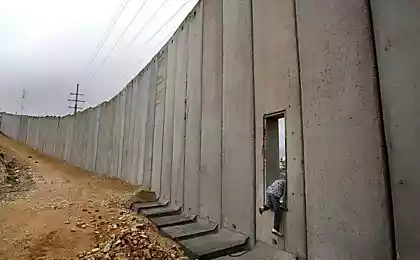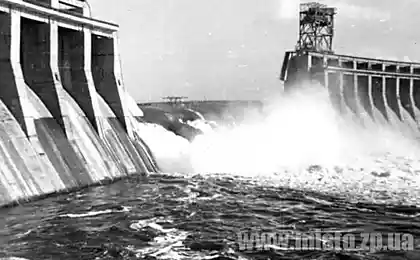951
Why overcoming the sound barrier by plane accompanied by explosively cotton?

Why overcoming the sound barrier by plane accompanied by explosively cotton? And what is the "sound barrier»?
With the "cotton" comes the confusion caused by misunderstanding of the term "sound barrier." This "boom" properly called "sonic boom." The aircraft, traveling at supersonic speeds, creating the ambient air shock waves racing air pressure. Simplistically, these waves can be thought of as an accompanying flight of a cone with the vertex, as if attached to the fuselage nose and forming against the motion of the aircraft and extending too far, such as the surface of the earth.
When the boundary of an imaginary cone, indicating the main front of the sound wave reaches the human ear, the surge pressure is perceived by ear as cotton. Sonic boom is bound to accompany the entire flight of the aircraft, provided that the aircraft is moving fast enough, even at a constant speed. Slam it seems the passage of the fundamental wave of sonic boom over a fixed point on the surface of the earth, where, for example, is the listener.
In other words, if a supersonic plane with a constant, but supersonic speed began to fly over the listener back and forth, the cotton would be heard each time, shortly after the passage of aircraft over the listener close enough.
And the "sound barrier" in aerodynamics known as a sharp jump in the air resistance, which occurs when the aircraft a Border speeds close to the speed of sound. When you reach this speed nature of the flow around an aircraft air flow changes dramatically, which at the time made it difficult to achieve highly supersonic speeds. Normal, subsonic aircraft is not able to consistently fly faster than sound, however it may be broken up - he just lost control and collapse.
In order to overcome the sound barrier, the scientists had to develop a wing with a special aerodynamic profile, and think of other tricks. Interestingly, modern supersonic aircraft pilot feels good "overcome" their aircraft sound barrier: the transition to supersonic flow there is "aerodynamic blow" and the characteristic "jumps" in control. Here are just a "pops" on the ground, these processes are not directly related.























